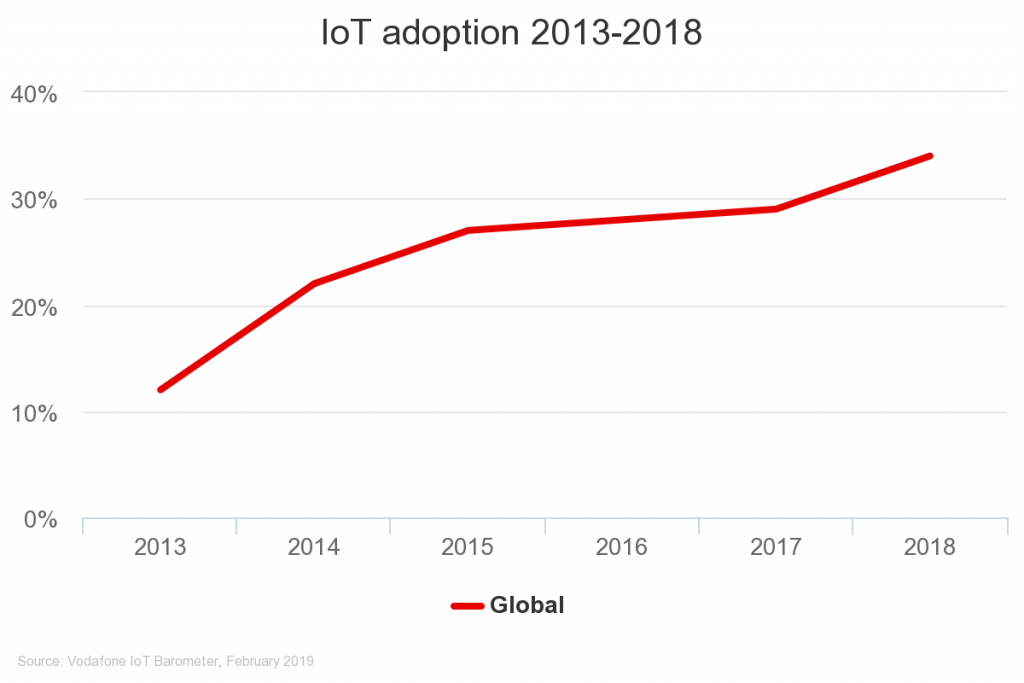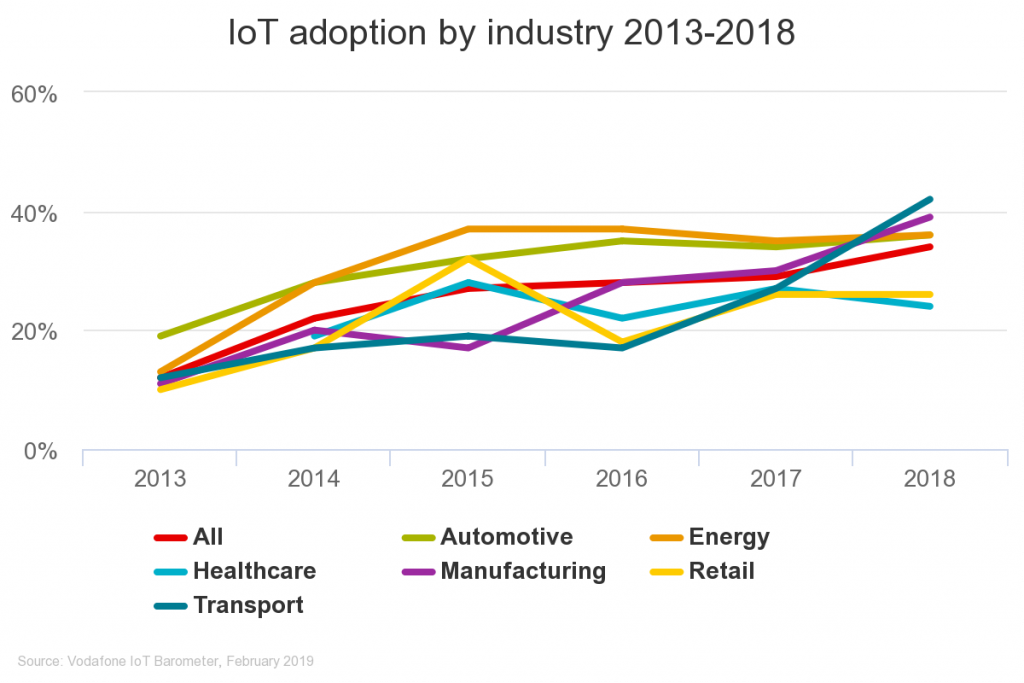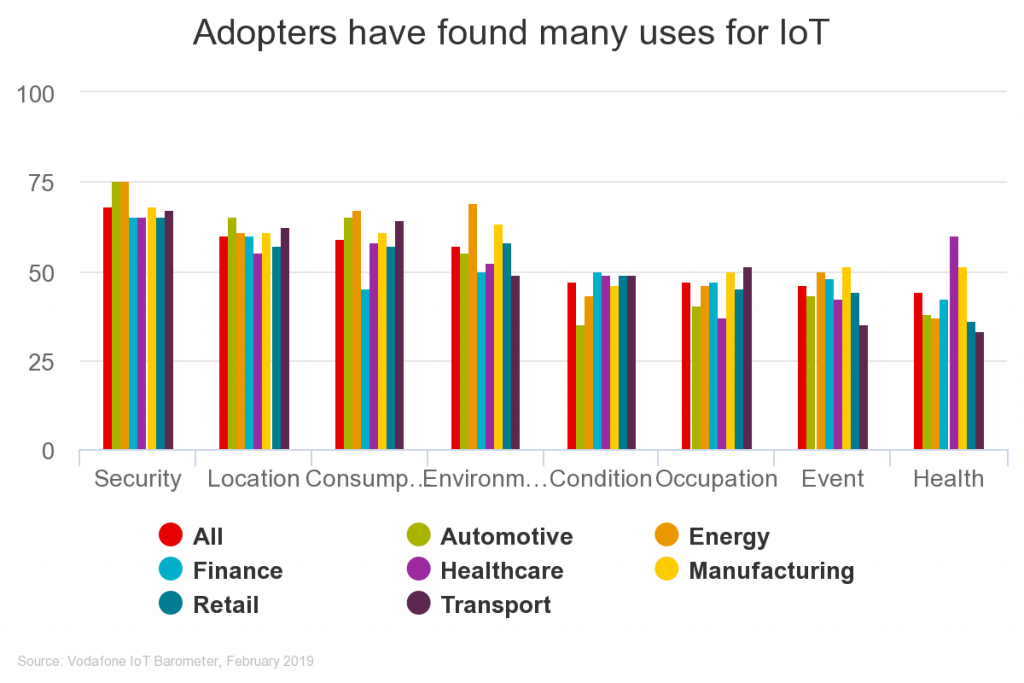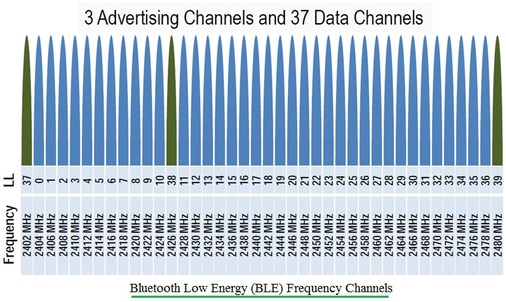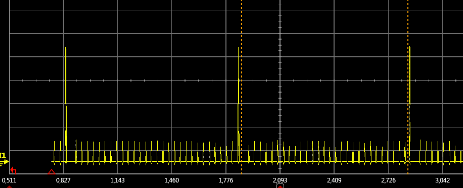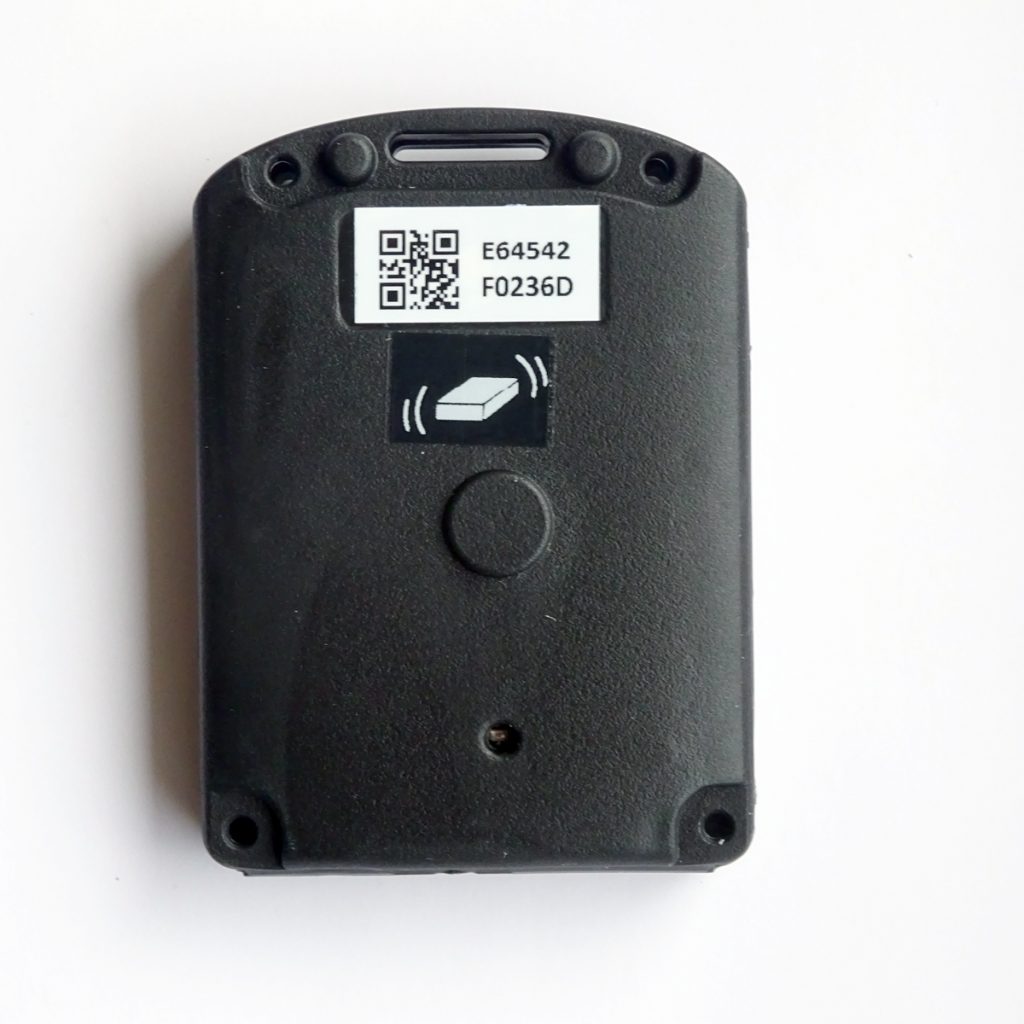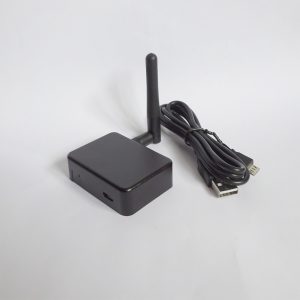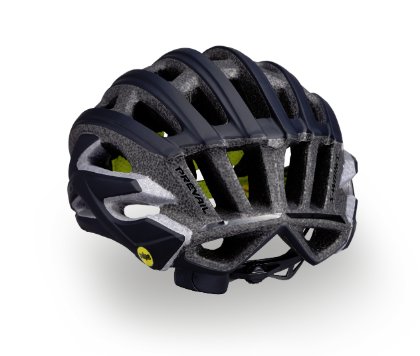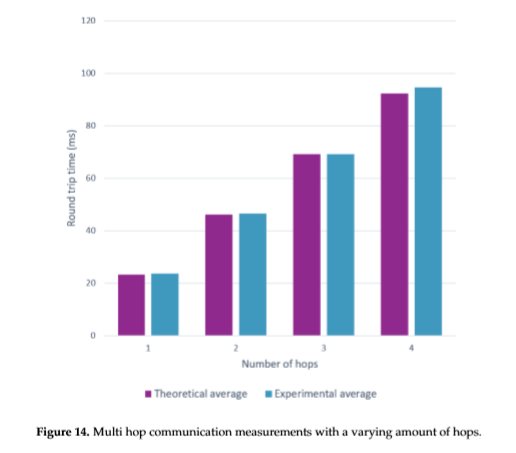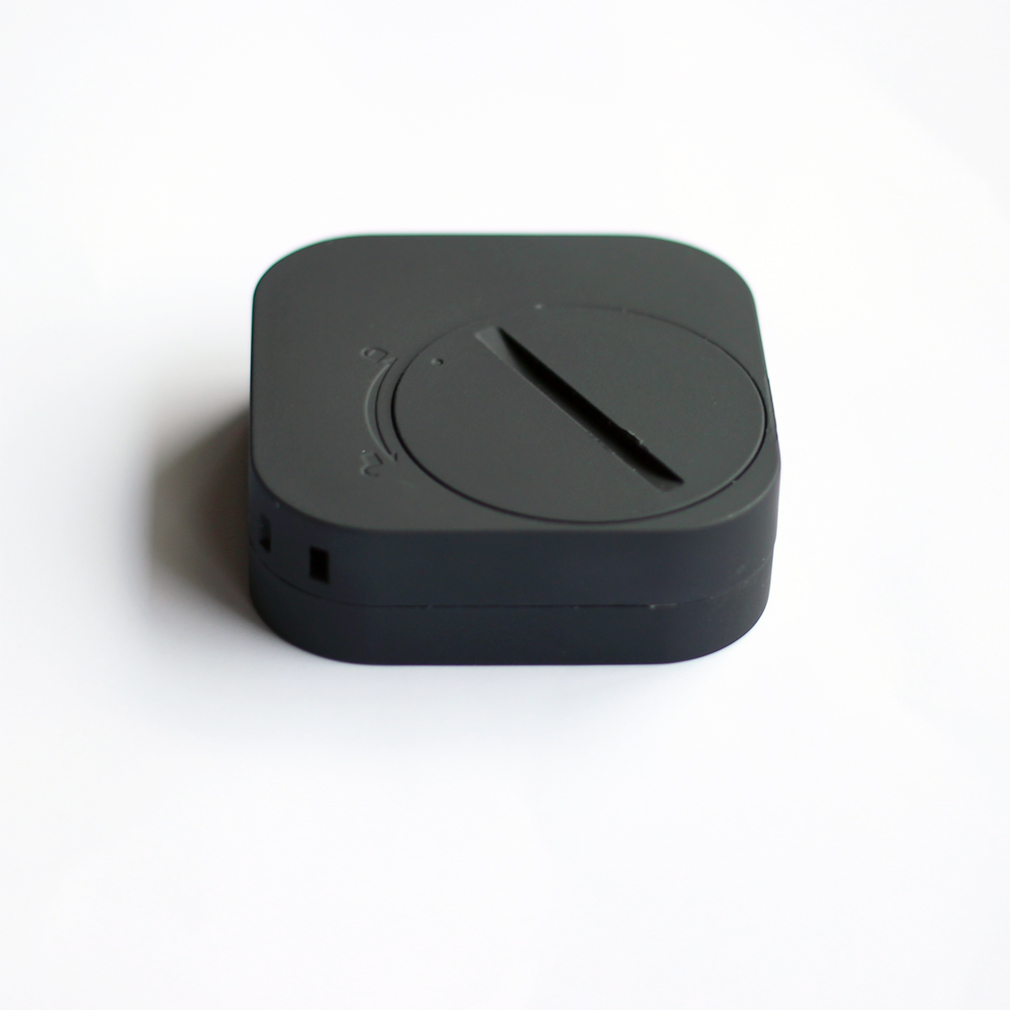Smart Farming, also sometimes known as the ‘Third Green Revolution’, is the use of IT to improve profitability, gain efficiency, reduce costs through making better, more optimal decisions and better management control.
Kristoffer Rist Skøien Senior R&D Engineer at Nordic Semiconductor, the making of the SoC in most beacons, has a recent blog post on Feeding the World with Connected Crops. He explains how farmers need to move beyond current precision agriculture (PA) and site specific crop management (SSCM) into more advanced realtime sensing of things such as weather conditions in a specific spot, soil humidity, soil acidity, growth progress and other productivity metrics.
IoT can improve the productivity of farming to improve yields, aid with cost management, waste reduction and automation to create a more efficient and productive business. In the future, this might even combine with autonomous vehicles for watering, fertilising and pesticide application.
There’s need to process significant amounts of data using game-changing business analytics at scale and at speed. Simple feedback mechanisms as well as complex deep learning algorithms can be combined with other, external data sources such as weather, market data or data from other farms. Techniques include benchmarking, analytics, predictive modelling and prognostics to provide models to manage crop failure risk.
A relatively recent paper, Big Data in Smart Farming – A review, covers the issues of extracting meaningful data from farm sensors. It explains the process from sensing and monitoring, through analysis and decision making to intervention with the implications on the efficiency of the entire supply chain. The paper covers the whole ecosystem that extends far from the farm itself:
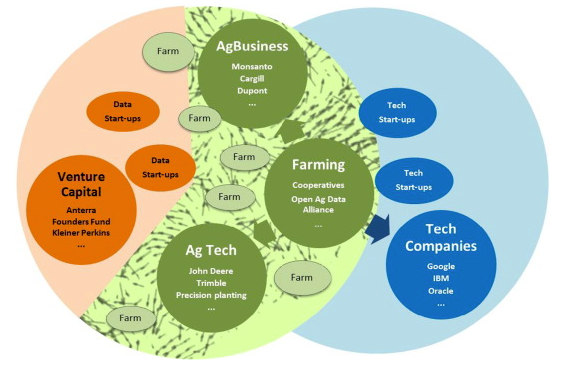
Smart Farming is still in an early development stage. Current implementations are custom, proprietary solutions that can are experimental and expensive. Solutions need to be affordable, especially for developing countries. However, as with Industry, the early innovators will inevitably gain the early benefits while the laggards will get further left behind.
One way to reduce costs is using standard and open technologies. Bluetooth and more specifically, Bluetooth mesh, offers a low power, low cost, standard way of collecting sensor data. Open software platforms such as OpenATK and initiatives such as FIspace should make solutions more accessible.
Read about Beacon Proximity and Sensing for the Internet of Things (IoT)
